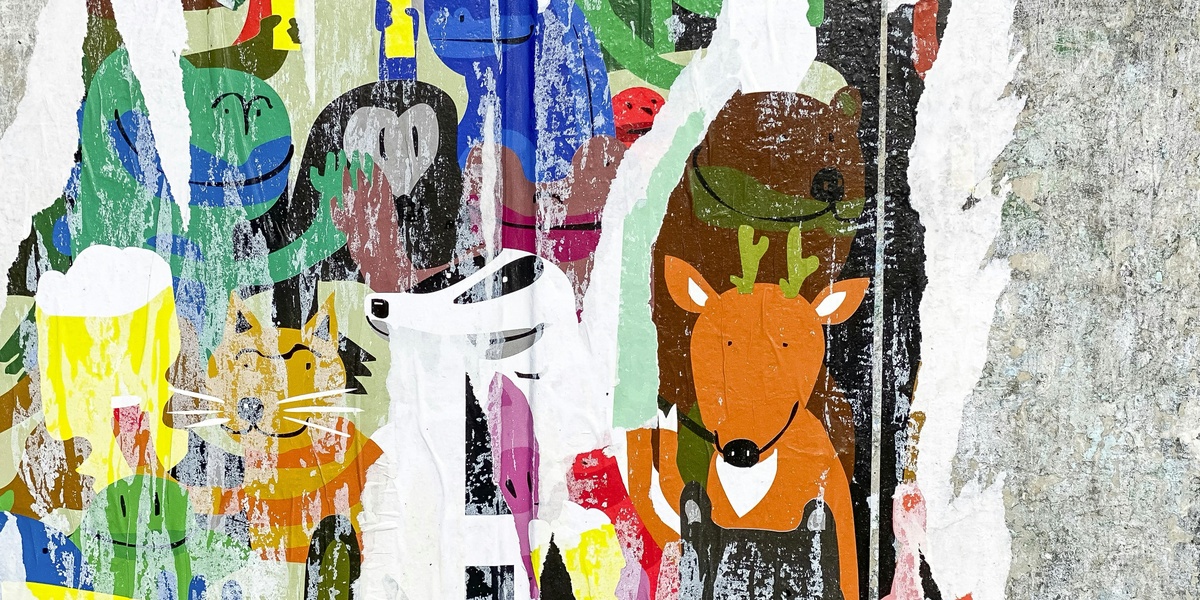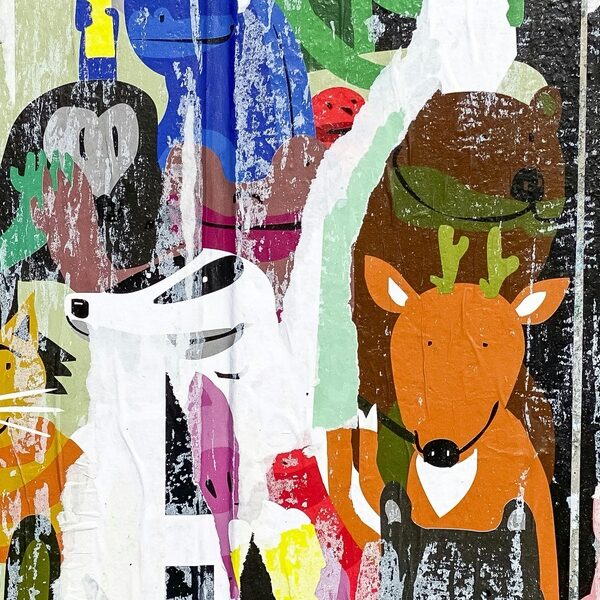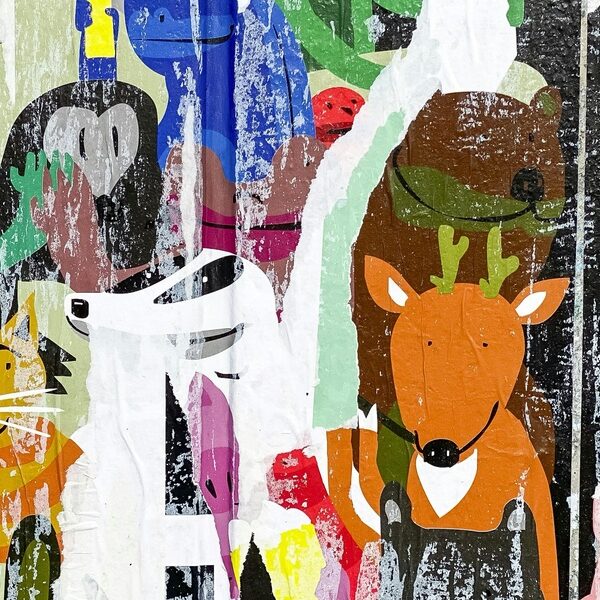This list includes 57 Common Animals that start with C, from “Caiman” to “Cuvier’s beaked whale”. They span land, freshwater, and marine habitats and include mammals, birds, reptiles, amphibians, and fish. You can use this list for quick reference, school projects, and basic species identification.
Common Animals that start with C are widely recognized species and familiar common names people use every day. Many C names reflect regional languages or long-standing cultural ties to certain animals.
Below you’ll find the table with common name, scientific name, order, and habitat/distribution.
Common name: The everyday name you know, useful for quick lookup and for communicating about species in conversation.
Scientific name: The Latin binomial that uniquely identifies a species, useful when you need precise, globally recognized names.
Order: A higher-level taxon showing broader relationships, helpful when you compare groups or explore related species.
Habitat/distribution: Brief notes on where the animal lives and its geographic range, useful for field identification and context.
Methodology note: This list favors widely used common names and verified scientific names, prioritizing clear, globally recognized entries you will likely encounter.
A–Z index: See the A–Z index page to browse other letters and complete alphabet lists of common animals.
Common Animals that start with C
| Common name | Scientific name | Order | Habitat/Distribution |
|---|---|---|---|
| Cat | Felis catus | Carnivora | Domestic, worldwide |
| Cheetah | Acinonyx jubatus | Carnivora | Sub-Saharan Africa, Iran |
| Cougar | Puma concolor | Carnivora | Americas, forests and mountains |
| Coyote | Canis latrans | Carnivora | North America, varied habitats |
| Camel | Camelus dromedarius | Artiodactyla | Middle East, North Africa, domesticated worldwide |
| Carp | Cyprinus carpio | Cypriniformes | Freshwaters, originally Eurasia, introduced worldwide |
| Capuchin | Cebus capucinus | Primates | Central & South American forests |
| Capybara | Hydrochoerus hydrochaeris | Rodentia | South America wetlands and rivers |
| Cardinal | Cardinalis cardinalis | Passeriformes | Eastern North America, gardens and woodlands |
| Carpenter ant | Camponotus pennsylvanicus | Hymenoptera | North American forests and structures |
| Caribou | Rangifer tarandus | Artiodactyla | Arctic and subarctic, circumpolar |
| Cassowary | Casuarius casuarius | Casuariiformes | New Guinea and northeastern Australia rainforests |
| Catfish | Ictalurus punctatus | Siluriformes | Freshwaters, North America |
| Chicken | Gallus gallus | Galliformes | Domestic, worldwide |
| Chinook | Oncorhynchus tshawytscha | Salmoniformes | North Pacific rivers and coasts |
| Chimpanzee | Pan troglodytes | Primates | Central and West African forests |
| Chipmunk | Tamias striatus | Rodentia | North American forests and gardens |
| Chameleon | Chamaeleo calyptratus | Squamata | Africa, Arabia, some islands; forests and scrub |
| Chimney swift | Chaetura pelagica | Apodiformes | North & Central America, chimneys/air spaces |
| Civet | Civettictis civetta | Carnivora | Sub-Saharan Africa, forests and savannas |
| Coati | Nasua nasua | Carnivora | Central and South America forests |
| Cobra | Naja naja | Squamata | South Asia, varied habitats |
| Cockatoo | Cacatua galerita | Psittaciformes | Australasia, woodlands and forests |
| Cormorant | Phalacrocorax carbo | Suliformes | Coasts and inland waters worldwide |
| Coral | Acropora cervicornis | Scleractinia | Tropical reefs, Caribbean |
| Cow | Bos taurus | Artiodactyla | Domestic, worldwide |
| Cowbird | Molothrus ater | Passeriformes | North American grasslands and woodlands |
| Cuckoo | Cuculus canorus | Cuculiformes | Europe and Asia woodlands |
| Curlew | Numenius arquata | Charadriiformes | Eurasian coasts and wetlands |
| Cuttlefish | Sepia officinalis | Sepiida | Temperate coastal seas, worldwide |
| Crow | Corvus brachyrhynchos | Passeriformes | North America, varied habitats |
| Crayfish | Procambarus clarkii | Decapoda | Freshwaters, Americas, invasive worldwide |
| Cricket | Gryllus campestris | Orthoptera | Grasslands and meadows, Eurasia |
| Crane | Grus grus | Gruiformes | Eurasian wetlands and grasslands |
| Crocodile | Crocodylus niloticus | Crocodilia | African rivers, lakes and coasts |
| Cutthroat | Oncorhynchus clarkii | Salmoniformes | Western North America streams and lakes |
| Caiman | Caiman crocodilus | Crocodilia | Central and South American freshwater |
| Copperhead | Agkistrodon contortrix | Squamata | Eastern North America forests and wetlands |
| Common loon | Gavia immer | Gaviiformes | North American lakes and coasts |
| Common octopus | Octopus vulgaris | Octopoda | Tropical to temperate seas worldwide |
| Common dolphin | Delphinus delphis | Cetacea | Temperate and tropical oceans worldwide |
| Common kestrel | Falco tinnunculus | Falconiformes | Eurasia and Africa open habitats |
| Common toad | Bufo bufo | Anura | Europe gardens and woodlands |
| Cicada | Magicicada septendecim | Hemiptera | Eastern North America forests |
| Cockroach | Periplaneta americana | Blattodea | Warm buildings worldwide |
| Carpenter bee | Xylocopa virginica | Hymenoptera | North American woodlands and gardens |
| Caracal | Caracal caracal | Carnivora | Africa and Asia dry savannas and scrub |
| Chinstrap penguin | Pygoscelis antarcticus | Sphenisciformes | Antarctic and subantarctic islands |
| Clownfish | Amphiprion ocellaris | Perciformes | Indo-Pacific coral reefs |
| Coot | Fulica atra | Gruiformes | Freshwaters, Eurasia and elsewhere |
| Cottontail | Sylvilagus floridanus | Lagomorpha | North American meadows and woodlands |
| Cottonmouth | Agkistrodon piscivorus | Squamata | Southeastern North America wetlands |
| Clam | Mercenaria mercenaria | Veneroida | Coastal estuaries, North Atlantic |
| Conch | Lobatus gigas | Gastropoda | Tropical Caribbean seas and reefs |
| Crested porcupine | Hystrix cristata | Rodentia | Africa and southern Europe rocky scrublands |
| Cape buffalo | Syncerus caffer | Artiodactyla | Sub-Saharan Africa savannas |
| Cuvier’s beaked whale | Ziphius cavirostris | Cetacea | Deep oceans worldwide |
Descriptions

Cat
Small domesticated carnivore, playful and territorial; skilled hunter and common companion animal.
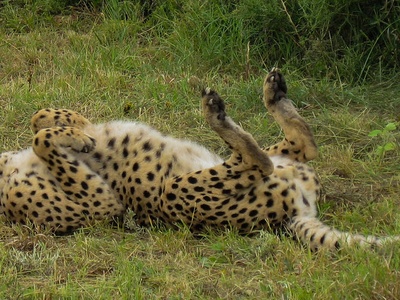
Cheetah
Spotted big cat, fastest land mammal, hunts by sprinting across open savannas.
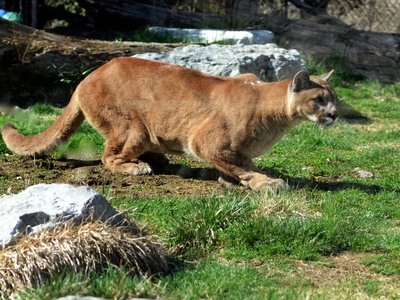
Cougar
Also called puma or mountain lion; solitary, adaptable predator of deer and small mammals.
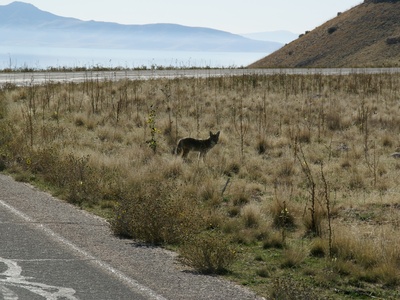
Coyote
Small wolf relative, highly adaptable omnivore, often lives near humans.
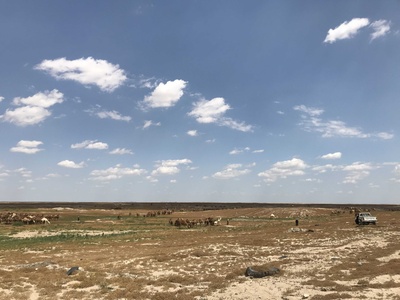
Camel
One-humped desert ungulate, stores fat in hump, adapted to arid environments.
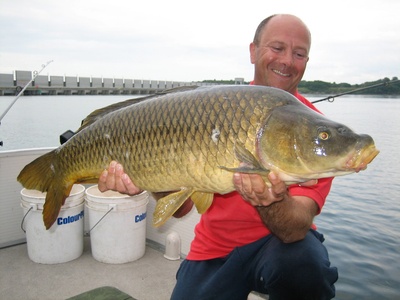
Carp
Common freshwater fish, omnivorous and hardy, important in aquaculture and angling.
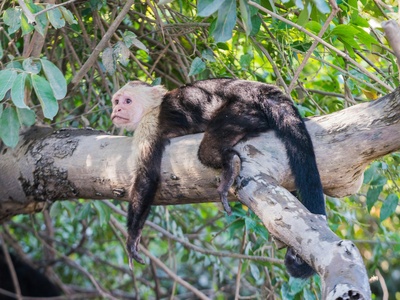
Capuchin
Intelligent New World monkey, often uses tools and is highly social.
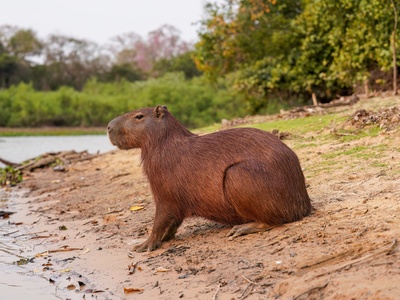
Capybara
World’s largest rodent; semi-aquatic, social grazer often near water.
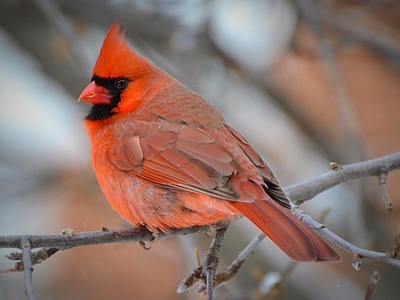
Cardinal
Bright red male songbird, common backyard visitor and singer.
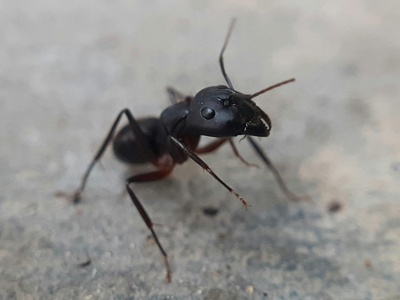
Carpenter ant
Large ant species that nests in wood, excavates galleries but does not eat wood.
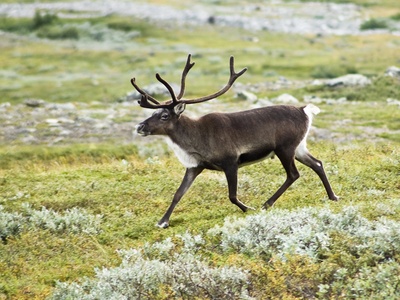
Caribou
Migratory deer also called reindeer; grazes tundra and travels long distances.
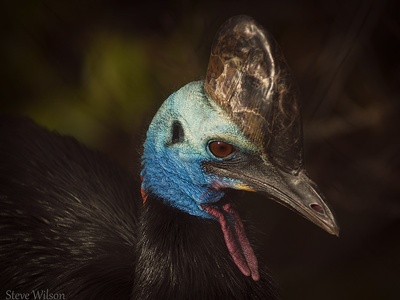
Cassowary
Large, flightless bird with casque; powerful legs and important seed disperser.
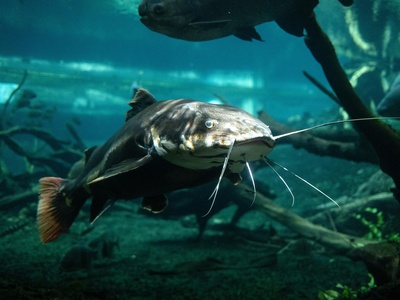
Catfish
Whiskered bottom-feeding fish, popular for angling and aquaculture.

Chicken
Domesticated fowl raised for eggs and meat; descended from junglefowl.
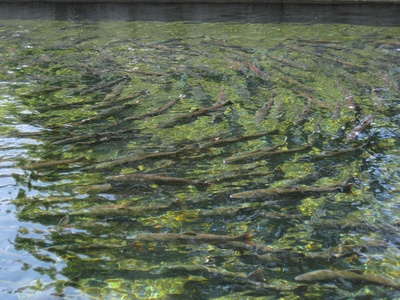
Chinook
Large Pacific salmon, important to fisheries and ecosystems.
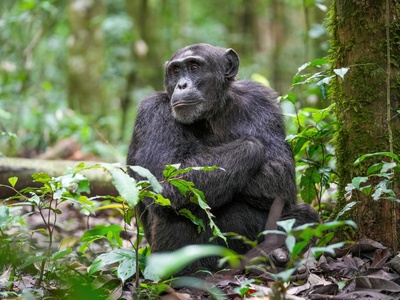
Chimpanzee
Close human relative; tool user, highly social and intelligent.
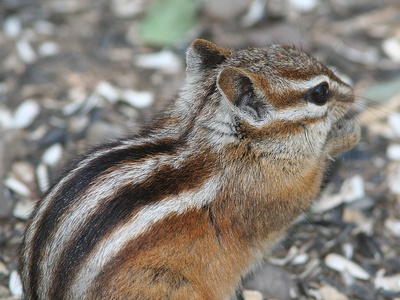
Chipmunk
Small striped rodent with cheek pouches for food storage.
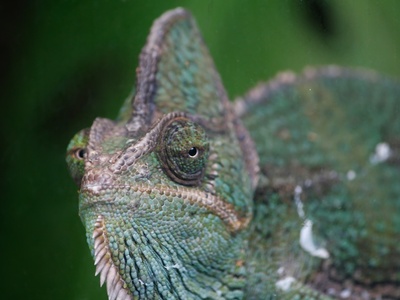
Chameleon
Lizard known for color change, prehensile tail, and projectile tongue.
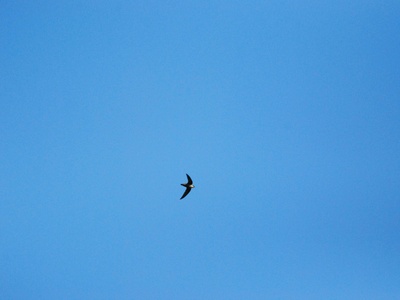
Chimney swift
Tiny aerial bird that spends most of its life flying and nests in chimneys.
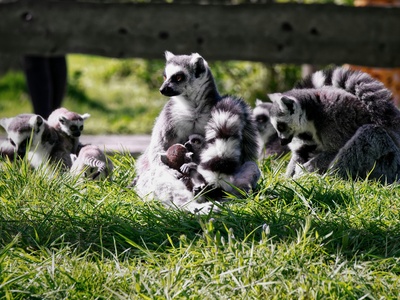
Civet
Nocturnal omnivore producing musk historically used in perfumery.
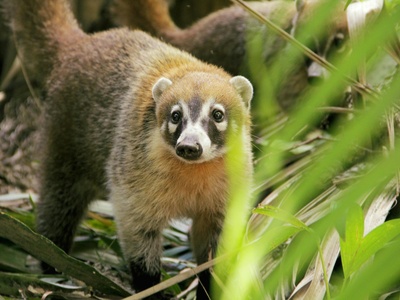
Coati
Long-snouted, diurnal mammal that climbs and forages in groups.
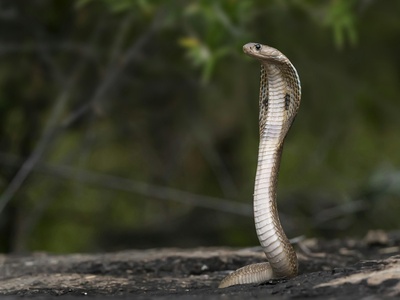
Cobra
Venomous hooded snake noted in folklore and snake-handling traditions.
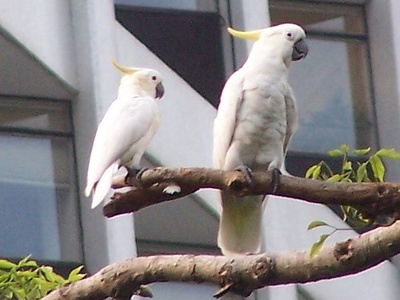
Cockatoo
Crested parrot, loud and social, often kept as a pet.
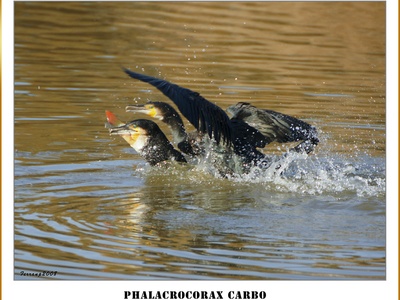
Cormorant
Diving seabird that fishes underwater and often dries wings on perches.
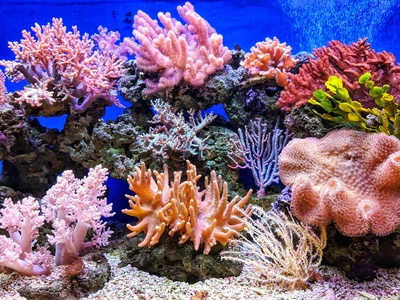
Coral
Colonial marine invertebrate that builds reefs and supports reef biodiversity.

Cow
Domesticated ungulate raised for milk, meat and draft; lives in herds.
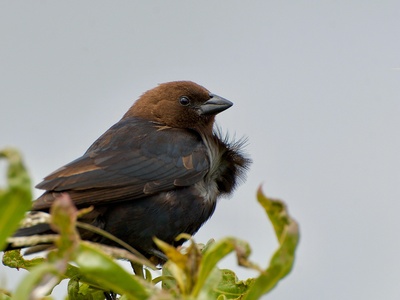
Cowbird
Brood-parasitic songbird that lays eggs in other birds’ nests.
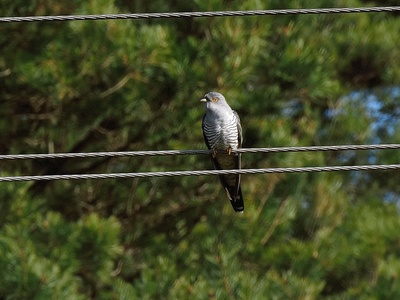
Cuckoo
Songbird famous for its “cuckoo” call and brood parasitism behavior.
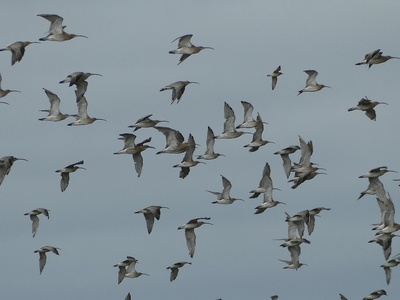
Curlew
Long-billed shorebird that probes mud for invertebrates; distinctive curved bill.
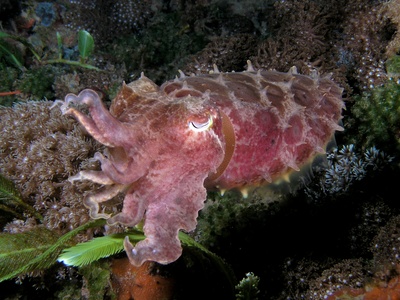
Cuttlefish
Smart cephalopod with ability to change color and textured skin, has internal cuttlebone.
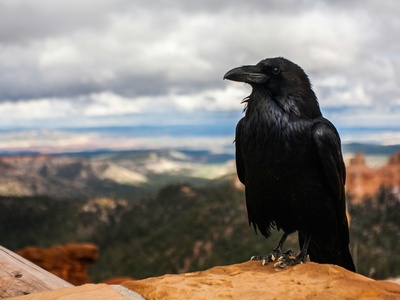
Crow
Omnivorous corvid noted for intelligence, problem-solving and social behavior.
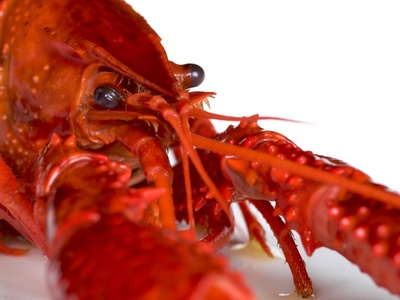
Crayfish
Freshwater crustacean like a small lobster; scavenger and important ecologically.
Cricket
Noisy insect known for chirping males; omnivorous and common in fields.
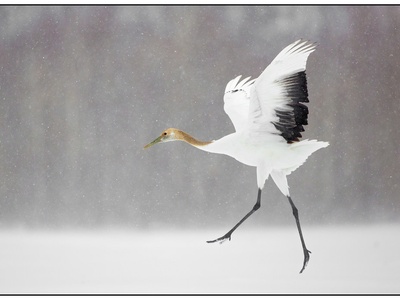
Crane
Large wading bird with long legs and neck; many species migrate long distances.
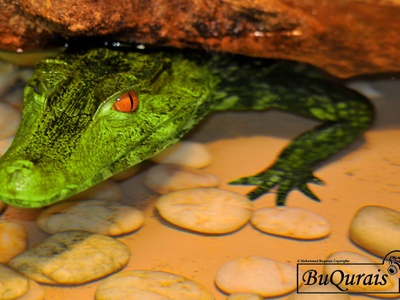
Crocodile
Large aquatic ambush predator with powerful jaws and armored skin.
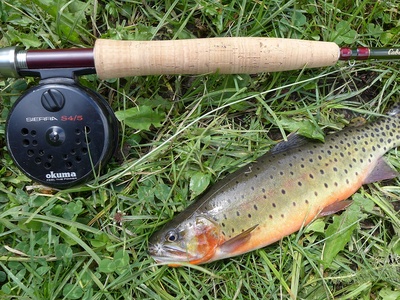
Cutthroat
Trout with distinctive red throat mark; prized by anglers.
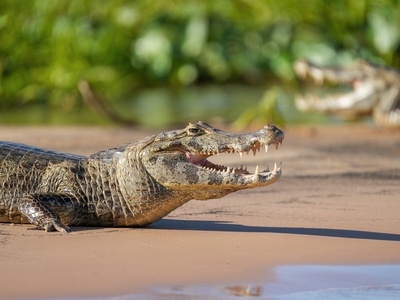
Caiman
Smaller crocodilian that inhabits rivers and wetlands.
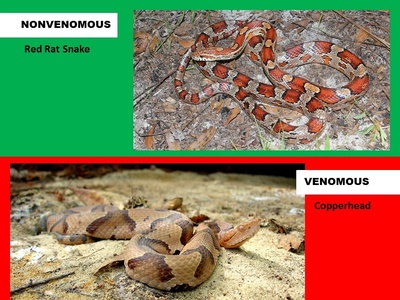
Copperhead
Venomous pit viper with copper-colored head; bites can be medically significant.
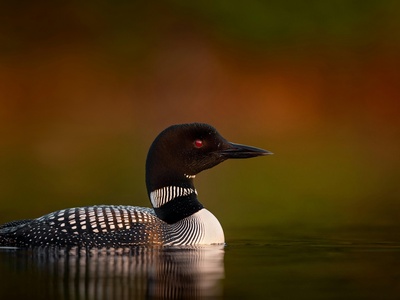
Common loon
Striking black-and-white diver with haunting calls; excellent swimmer.
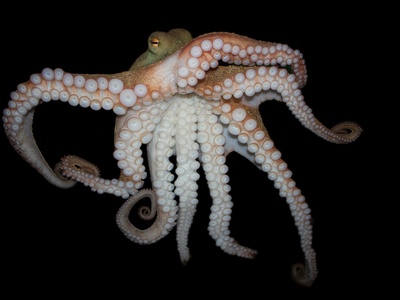
Common octopus
Solitary, highly intelligent cephalopod; masters of camouflage and problem solving.
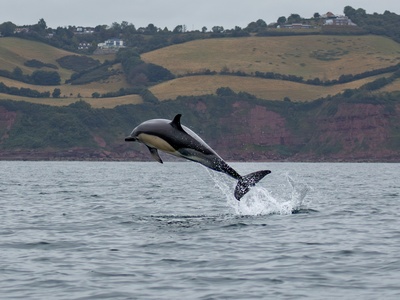
Common dolphin
Social, fast-swimming cetacean often seen bow-riding boats.
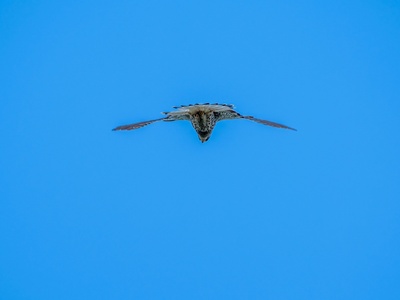
Common kestrel
Small falcon that hovers while hunting small mammals and insects.
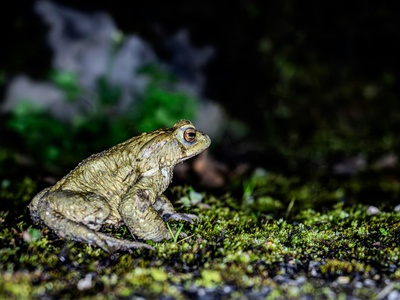
Common toad
Warty amphibian active at night; feeds on invertebrates and returns to water to breed.
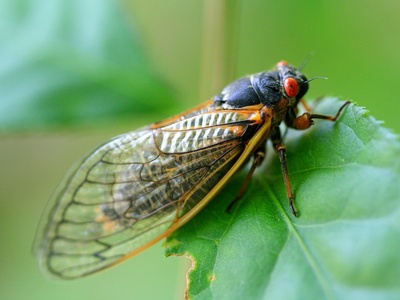
Cicada
Loud singing insect, some species emerge in 13- or 17-year cycles.
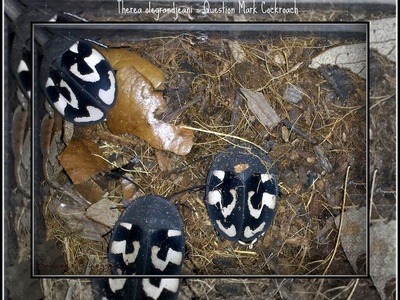
Cockroach
Resilient omnivorous insect associated with human habitats.
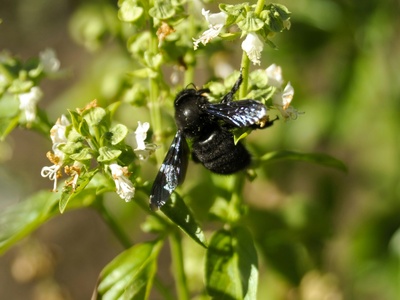
Carpenter bee
Large solitary bee that bores nests in wood; important pollinator.
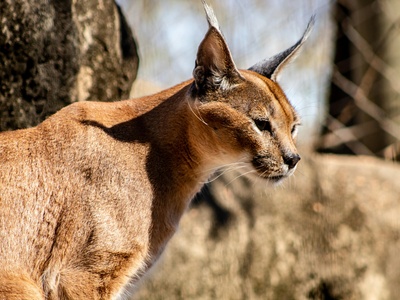
Caracal
Medium-sized wild cat with tufted ears and powerful hind legs for leaping.
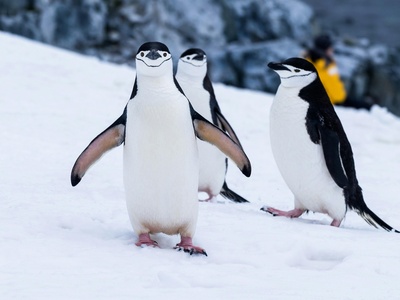
Chinstrap penguin
Black-and-white penguin with narrow chin stripe; forms large breeding colonies.
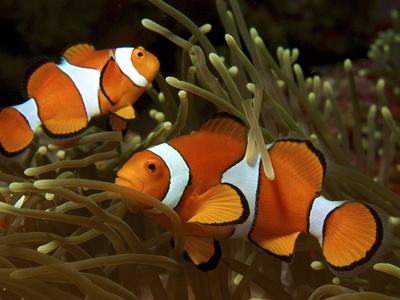
Clownfish
Colorful reef fish that forms mutualism with sea anemones.
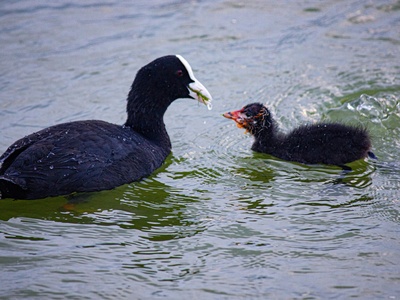
Coot
Black waterbird with white bill and lobed toes; dives and grazes aquatic plants.
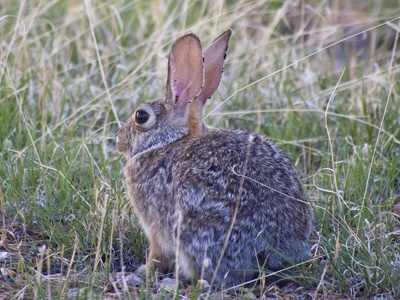
Cottontail
Small rabbit with distinctive white tail; feeds on vegetation at dawn and dusk.
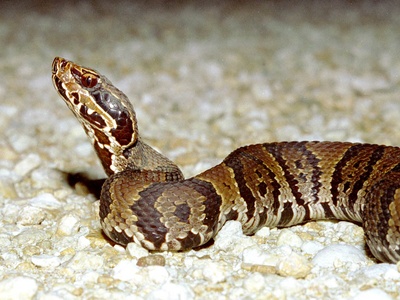
Cottonmouth
Venomous water moccasin known for defensive behavior in water habitats.
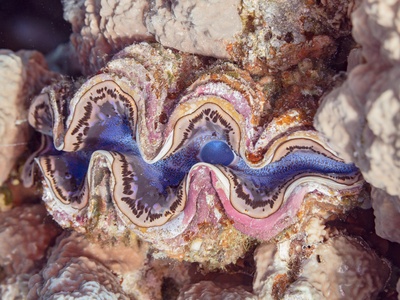
Clam
Burrowing bivalve harvested for food; filters seawater and lives in sand or mud.
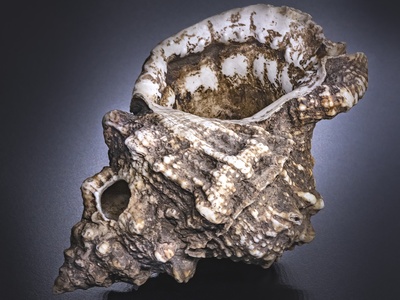
Conch
Large marine snail with a heavy spiral shell; important culturally and commercially.
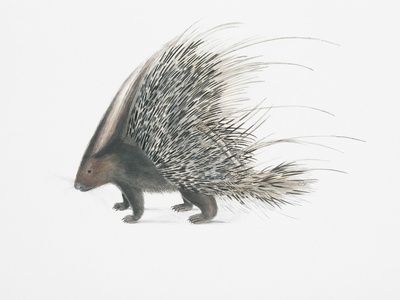
Crested porcupine
Large nocturnal rodent with quills for defense; herbivorous.
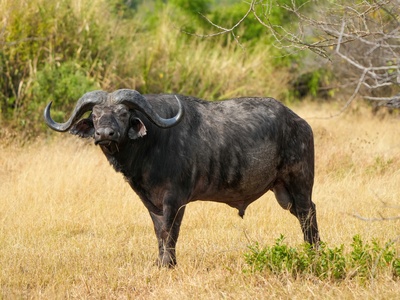
Cape buffalo
Large, formidable herd herbivore; important to African ecosystems and safari wildlife.
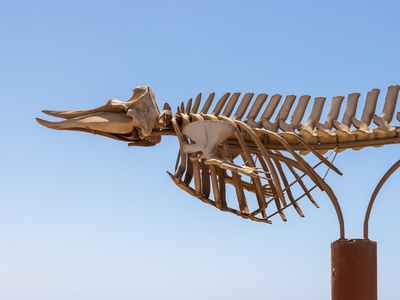
Cuvier’s beaked whale
Deep-diving toothed whale, elusive and rarely seen at surface.
